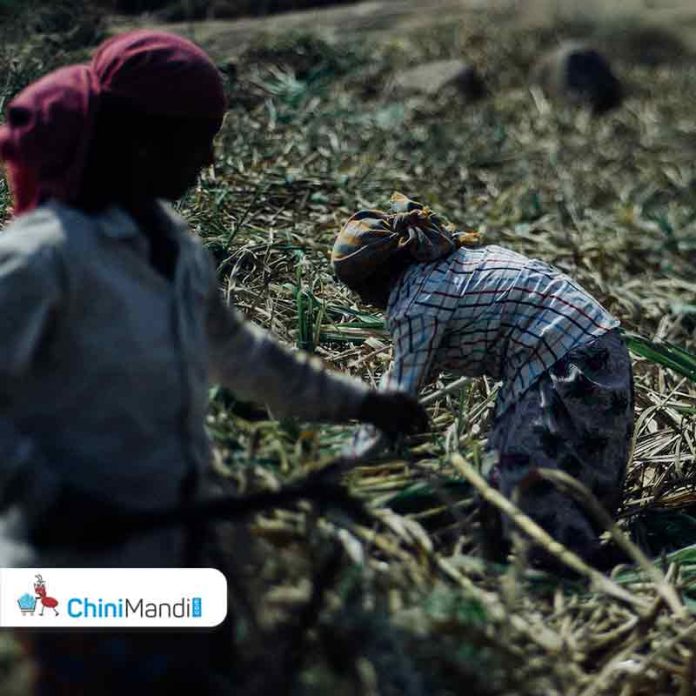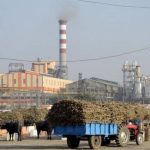New Delhi: As the southwest monsoon made an early debut in Kerala and the northeast, the anticipation and anxiety surrounding this year’s rainfall season are palpable. Timely and well-distributed rains are crucial for reviving agricultural incomes and controlling food inflation, which has been hovering above 8 per cent for the past six months.
According to Crisil report, healthy rains could bolster rural demand, which showed signs of revival after being impacted in the previous fiscal year. Additionally, robust crop output might tame food inflation, creating policy room for potential interest rate cuts, as non-food inflation remains low.
The India Meteorological Department (IMD) confirmed its April forecast of an above-normal southwest monsoon, predicting rainfall at 106 per cent of the long period average (LPA) between June and September.
This outlook aligns with Skymet’s forecast, which anticipated rainfall at 102 per cent of LPA.
Weakened El Nino conditions are expected to transition into La Nina, generally favoring the Indian monsoon. The Indian Ocean Dipole, currently neutral, is likely to turn positive, further benefiting the monsoon.
The IMD’s update indicates possible concerns for India’s east and northeastern regions, which may receive below-normal rainfall. In contrast, northwest India is likely to experience normal rains, with central India and the southern peninsula expecting above-normal precipitation.
Skymet’s granular forecast highlights a risk of deficient rains in Bihar, Jharkhand, Odisha, and West Bengal during July and August, while the northeast might see less than normal rains in the early season.
The south, west, and northwest regions, however, are expected to receive good rainfall.
June’s normal rains are crucial for ploughing and sowing, but above-normal temperatures predicted for northwest and central India could pose challenges. High temperatures may impact labor availability and reservoir levels, already 24 per cent below capacity.
July and August rains are vital for sowing activities. Any deviation from normal could affect crop yields, especially in areas that faced deficits last year, such as Jharkhand, Bihar, West Bengal, and Odisha.
Crops like rice, tur, and coarse cereals, which saw significant inflation last year due to uneven rains, require close monitoring.
Last year’s uneven monsoon distribution despite overall normal rainfall impacted many crops. Regions facing a second consecutive year of deficit rains could suffer significantly.
The CRISIL Deficient Rainfall Impact Parameter (DRIP) index will be used to assess the monsoon’s impact, particularly on irrigation-vulnerable states and crops.
April and May have already experienced more heatwaves than usual, with June expected to follow suit. While this year’s heatwave is outside the major crop seasons, it could affect summer vegetables.
Farmers might mitigate this by adjusting cropping patterns or growing heat-resistant crops like millets.
(With inputs from ANI)














